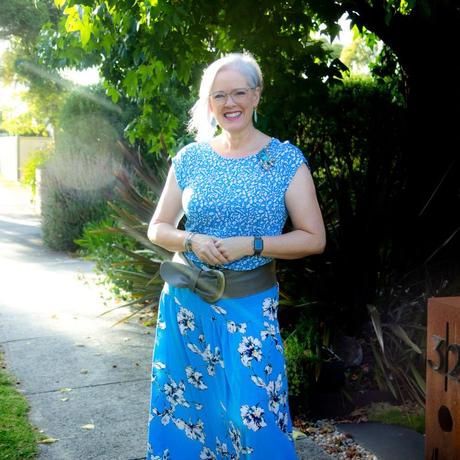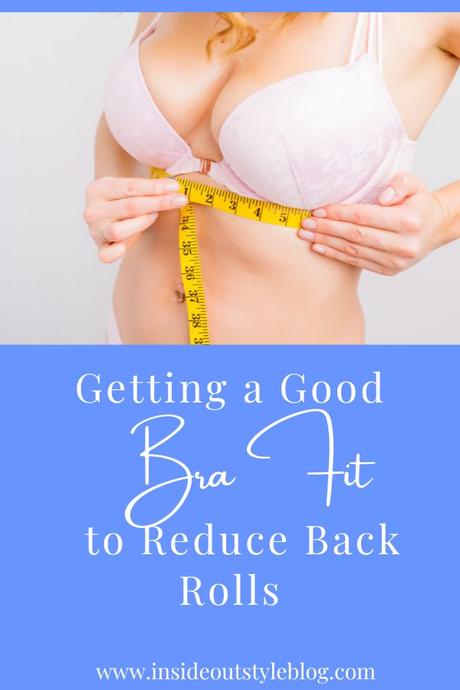



Reader Question – The last time I was fitted for a bra I ended up as a 34G. I understand that the band needs to be firm to support the dress the breasts, however, the firm band of my bra digs into my padded back causing unsightly bumps under t-shirts and other close-fitting tops. Are there bra styles that are less likely to cause this? Do I have to say goodbye to close-fitting tops?
Wearing the wrong bra size can ruin an otherwise flawless outfit. Bra size is notoriously fickle between different lingerie brands and you as a human have a unique body, so one 34G is not the same as a different brand (or even style) of bra in a 34G!
&iv;&modestbranding;&rel;&autohide;&playsinline;&autoplay;
Putting on Your Bra
Getting all your breast tissue inside the cup ensures a proper fit. Lean forward, place your opposite hand inside the cup towards the side and back, and gently pull your tissue up and forward, placing it inside the bra cup.
A significant amount of bra support comes from the underband. The bra band should be sitting quite low on your back and be level all the way around, firm and secure. You can easily check this by standing in front of a mirror and turning to the side.
The gore (the part in the middle between the cups), in a wired bra, should sit flat against your sternum. It should not bow out or press in.
Getting the Right Fitting Bra
Firstly, it’s essential to measure your band size correctly. A band that is too tight will cause bulges, while a band that is too loose won’t provide adequate support. Wrap a tape measure around your ribcage just below your bust, making sure it’s snug but not too tight. Measuring in inches, round up to the nearest even number to determine your band size.
Bra bands tend to stretch out over time which is why you want to buy them so that you do them up on the last hook to start with and they should be firm, but as the elastic stretches over time and with wear, you can do them up on the inner hooks as needed. When the underband size is too big, you do not get enough support from the bra. You notice your breast tissue is unsupported, you tighten the shoulder straps and the underband rides up your back. Knowing that the bands stretch, your sales assistant may have been overzealous with the band size so you might find a 36 is more comfortable than a 34.
Next, let’s talk about cup size. A cup that is too small can cause spillage, while a cup that is too big can create gaps and wrinkles. To find the right cup size, measure the fullest part of your bust and subtract your band measurement. Use the difference to determine your cup size based on a bra size chart. Each inch = 1 cup size
If your underband is still creating rolls, you might need to find a more supportive style, with a thicker band – one that is at least 2-3 inches or 5-8cm deep. You could also try your bra’s “sister sizes”. These are found by going down a band size and up a cup size, or vice versa. For example, sister sizes to a 36DD would be a 34DDD or a 38D. Sometimes the slight difference in fit is just enough to make for a better-fitting bra.
Another great option is to try bras with smoothing panels on the sides or back. These panels can help to create a seamless look and minimize back bulges. Bras with a U-shaped back are also worth considering as they distribute the weight of your breasts evenly across your back, providing extra support and comfort.
Different brands can be different sizes slightly so just like clothing is different sizes so maybe try a different brand and see if you can get the support you need and reduce back rolls.
My recommendation (and what I do when trying on bras to buy) is to take a tight-fitting top (or wear it to the store) and try it over the bra before you decide, as it will show you if the bra is not fitting correctly very easily and quickly!
There is a fabulous Reddit website called A Bra That Fits. It’s about all the different fit areas of bras. It has information on what you should be looking for in a bra to what brands work well for a variety of bra fitting issues and recommendations for specific bras for different breast types. There are wide set breasts and narrow ones, full on top and full on bottom – each of these aspects of your breasts will impact which styles and brands of bra work best for you.

 Accept Reality and Lower Your Expectations
Accept Reality and Lower Your Expectations
Yep, that’s right, you know that we all have a bit of excess skin and I’ve noticed as I’ve aged, that the underarm area skin isn’t firm like it once was, so it looks like I’ve got more back fat than I really do, so I’ve lowered my expectations of it all being smooth under close-fitting clothes these days. It’s totally OK to be a normal human woman!
You know, finding a good bra fit to minimize back fat rolls requires a bit of effort and patience, but the results are worth it. By following these tips, you can find the right size and style of bra that not only provides the right amount of support but also minimizes back bulges, giving you a smooth and seamless appearance.
Further Reading
Bra Fit and Flattery
How to Fit a Bra – Berlei vs Freya
She Science – My Sports Bra Buying Experience







